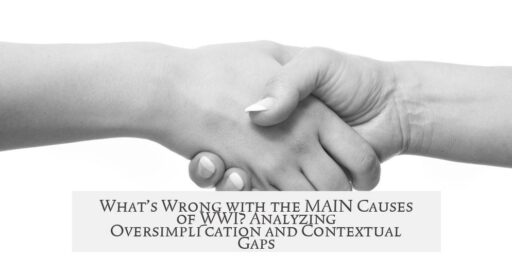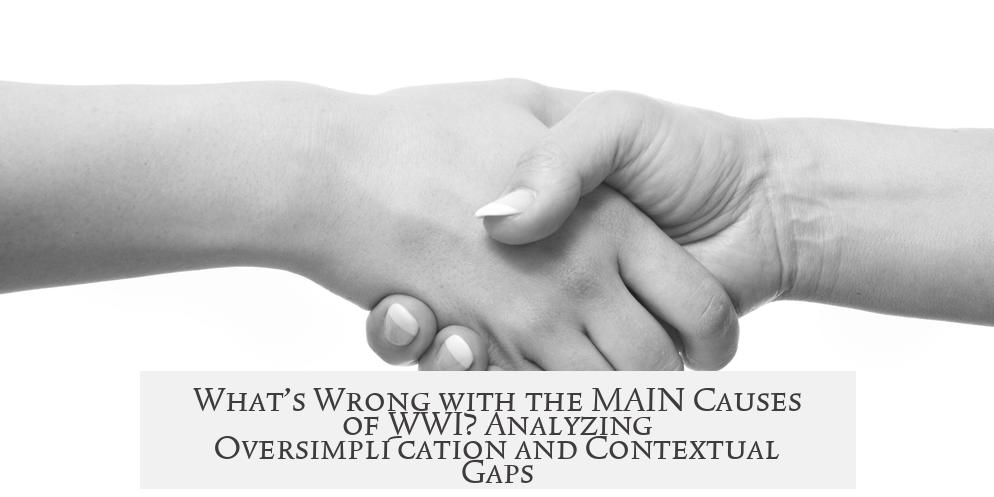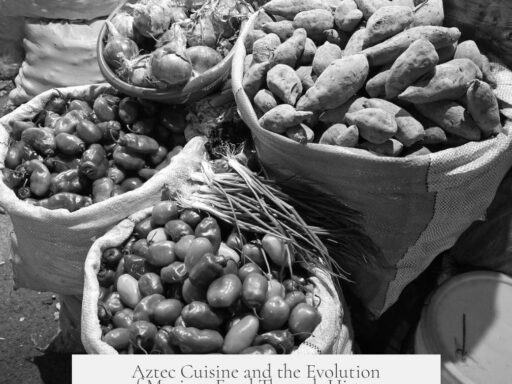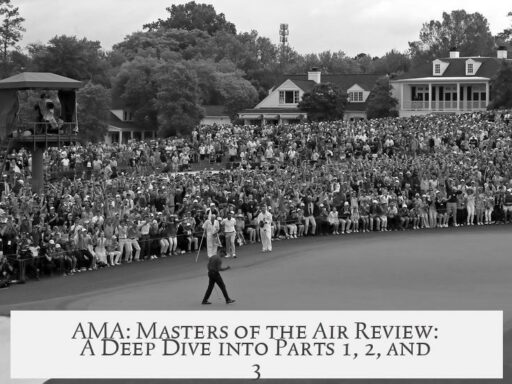The MAIN causes of World War I—Militarism, Alliances, Imperialism, and Nationalism—present a simplified framework that often obscures the complexity behind the conflict’s outbreak. This traditional acronym serves as an introductory tool but risks overgeneralizing distinct and interwoven factors. Detailed analysis reveals that these causes interact in nonlinear ways, challenging the neat categorization often taught in classrooms or summarized in textbooks.
The conventional MAIN model reduces a multifaceted historical event into four broad headlines. This compresses diplomatic tensions, economic pressures, and social dynamics into isolated categories, ignoring their mutual influences. For example, militarism fueled by nationalism does not function independently of alliance systems or imperial competition. These connections complicate the narrative beyond the model’s simplicity.
A comprehensive examination, such as the multipart breakdown presented in academic discussions, unpacks the layered nature of these causes. It demands more time and context than the typical checklist approach allows. Educators encounter challenges when presenting the causes: oversimplification may lead to misconceptions, while deep analysis requires more extensive background knowledge and critical engagement.
- Overgeneralization: The MAIN acronym simplifies complex geopolitical realities, making it harder to appreciate nuanced causes.
- Interrelated Factors: Causes are interconnected and influence each other in complex ways not captured by separate categories.
- Pedagogical Challenges: Simplified teaching can distort understanding; detailed study is necessary to grasp the full picture.
- Contextual Gaps: The standard model often omits economic conditions, political crises, and individual agency that played a role.
Therefore, the MAIN causes serve as a starting point, not a conclusive explanation. Researchers suggest supplementing the acronym with nuanced accounts emphasizing diplomatic history, economic factors, and the specific events leading to war. This richer approach helps prevent misconceptions and ensures a balanced understanding.
- MAIN causes risk oversimplifying WWI’s outbreak.
- Historical factors overlap and influence each other.
- Teaching the causes requires careful, detailed methods.
- Expanded context and analysis provide clearer understanding.
What’s Wrong with the MAIN Causes of WWI?
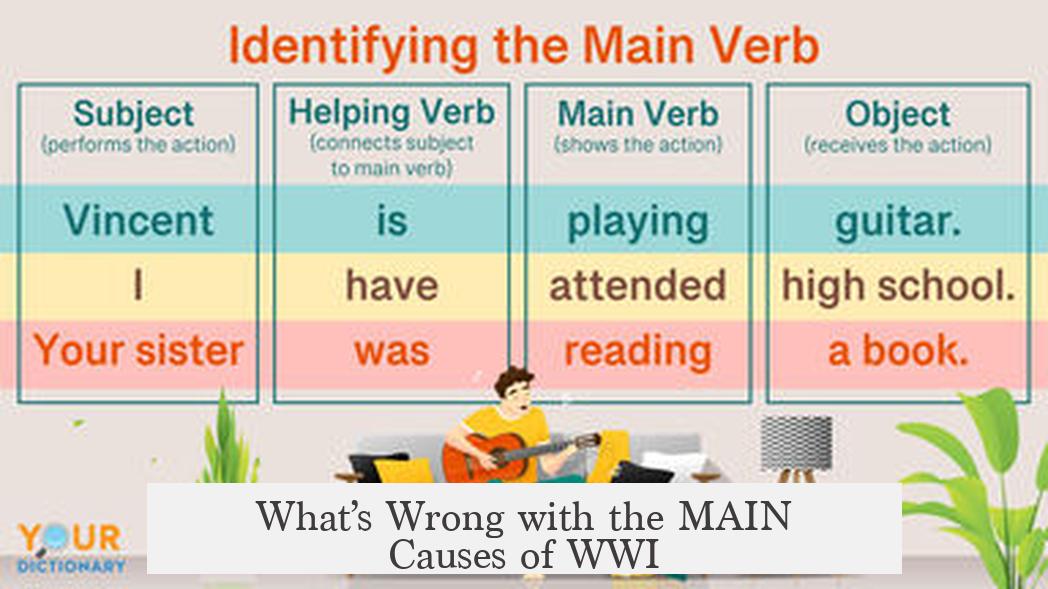
The MAIN causes of World War I—Militarism, Alliances, Imperialism, and Nationalism—are often taught as the neat checklist that “started it all.” But this tidy explanation is more like scratching the surface of an iceberg. The real story is layered, complicated, and frankly messier than a classroom acronym. So what’s wrong with this classic framework? Let’s unpack it together, with some fresh eyes and a pinch of humor. Pause your Netflix binge, history buffs. It’s time for a reality check.
First off, the idea that the MAIN causes neatly explain WWI’s outbreak is a little like saying your cold is just from “catching a chill.” Sure, it’s partially right, but there’s a whole ecosystem of viruses, weather, and bad sleep habits at work beneath that cold’s surface.
1. Oversimplification: The Danger of the Neat Acronym
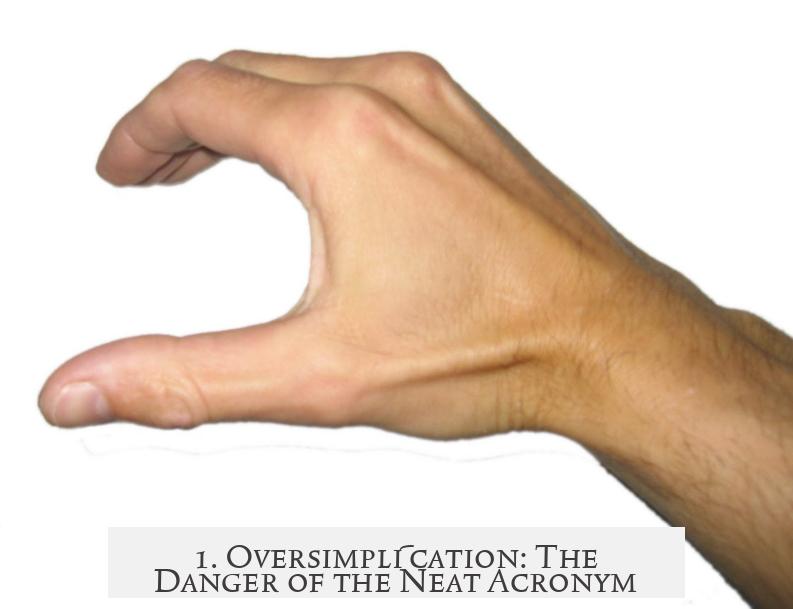
People love acronyms. They make complex things easy to remember. MAIN fits into that sweet spot perfectly, ticking off Militarism, Alliances, Imperialism, and Nationalism like a historic shopping list. But here lies the rub—it flattens history.
Each of these “causes” deserves a novel, or at least a long weekend of reading. For example, Militarism wasn’t just about arms races but involved deep societal shifts, military cultures, and political fears. Alliances weren’t static clubs but shifting, messy agreements loaded with mistrust. Imperialism wasn’t merely the quest for land but a tangle of economic interests and local resistances. And Nationalism? Well, that brought pride, prejudice, and propaganda all wrapped in a volatile cocktail.
So, relying on MAIN risks skimming the rich texture beneath, leaving students and curious readers with a “good enough” but misleading impression. It’s like watching a cartoon version of history—colorful but lacking depth.
2. Ignoring the Intricate Interplay Among Causes

What’s more, the acronym suggests these causes can be neatly separated, studied one by one, and then summed up. Reality laughs at such simplicity.
The causes interlock. Militarism raised tension that made alliances more paranoid. Imperialism fanned nationalist flames in colonies and Europe alike. Alliances turned local conflicts into a continent-wide war. Isolating one cause from the others misses this dynamic dance—like watching the lead dancer but ignoring the orchestra that drives the rhythm.
The extensive six-part breakdown referenced by u/Starwarsnerd222 on Reddit addresses these interrelations in detail—without the simplification trap. It emphasizes that to understand why WWI erupted, you need to see these forces pushing and pulling simultaneously, not in isolation.
3. Pedagogical Challenges: Teaching History’s Nuance

Teachers face a daunting task with MAIN. How do you convey lots of complex, conflicting facts without losing students in confusion? The detailed analysis warns against the usual black-and-white narrative most textbooks offer. But simplifying too much risks distorting the truth.
It’s a tug-of-war: do you prioritize clarity or complexity? Do you give students a digestible story or a messy, multi-layered truth that might spark critical thinking? Both choices have trade-offs.
In classrooms, you’ll sometimes see the MAIN causes presented as a “one-size-fits-all” explanation, which unfortunately encourages shallow understanding. Yet, depth can overwhelm learners if not paced carefully. This pedagogical puzzle is why the comprehensive six-part series warns, “It won’t be easy or quick.”
Is there a solution? One recommendation is to introduce MAIN as a starting point, but immediately highlight its limits and the need for deeper inquiry. Encourage learners to ask: “What else is going on here? How do these cause ‘characters’ interact and contradict each other?”
4. Missing Context: The Danger of Isolating Causes from Time and Place

Another problem with the MAIN causes as commonly presented: they often miss essential historical context. External pressures and events—like specific diplomatic failures, economic crises, or even personalities of leaders—slip through the cracks.
Imperialism, for example, looks very different when you consider how Britain’s global empire pressured Germany’s late entry into colonial competition. Or how nationalism had very different meanings in the Balkans than in Western Europe.
Focusing on the acronym alone makes history look static and predictable—it wasn’t. It was a precarious house of cards, influenced by timing, chance encounters, and human errors.
5. Practical Takeaway: How Should We Approach MAIN Then?
If MAIN’s problems stack up—what’s the practical takeaway for students, teachers, and history enthusiasts?
- Don’t stop at the acronym. Use it as a map marker, not the whole journey.
- Dive into individual causes, but always ask how they interact.
- Highlight the complexity and contradictions within each cause.
- Recognize the challenge of teaching nuanced history. Demand better narratives that don’t oversimplify.
- Use rich, accessible resources like the detailed six-part Reddit series mentioned, as they extend understanding beyond the basics.
In other words: history deserves more than shortcuts. It invites curiosity, debate, and sometimes discomfort with complexity.
Final Thoughts: The MAIN Causes—Starting Point, Not Full Story
“If history were simple, would it teach us anything at all?”
The MAIN causes of WWI serve as a helpful springboard. But relying solely on them risks missing the intricate web of factors that shaped one of the most cataclysmic events of the 20th century.
Understanding what’s “wrong” with the MAIN causes—namely, oversimplification, lack of nuance, and pedagogical difficulties—is the first step to developing a deeper appreciation of how WWI happened. It challenges readers to go beyond legends and labels and engage with the messy complexity of history itself.
So next time you see that acronym, smile knowingly, and remember: the real story is much richer, complicated, and—yes—even more fascinating.
